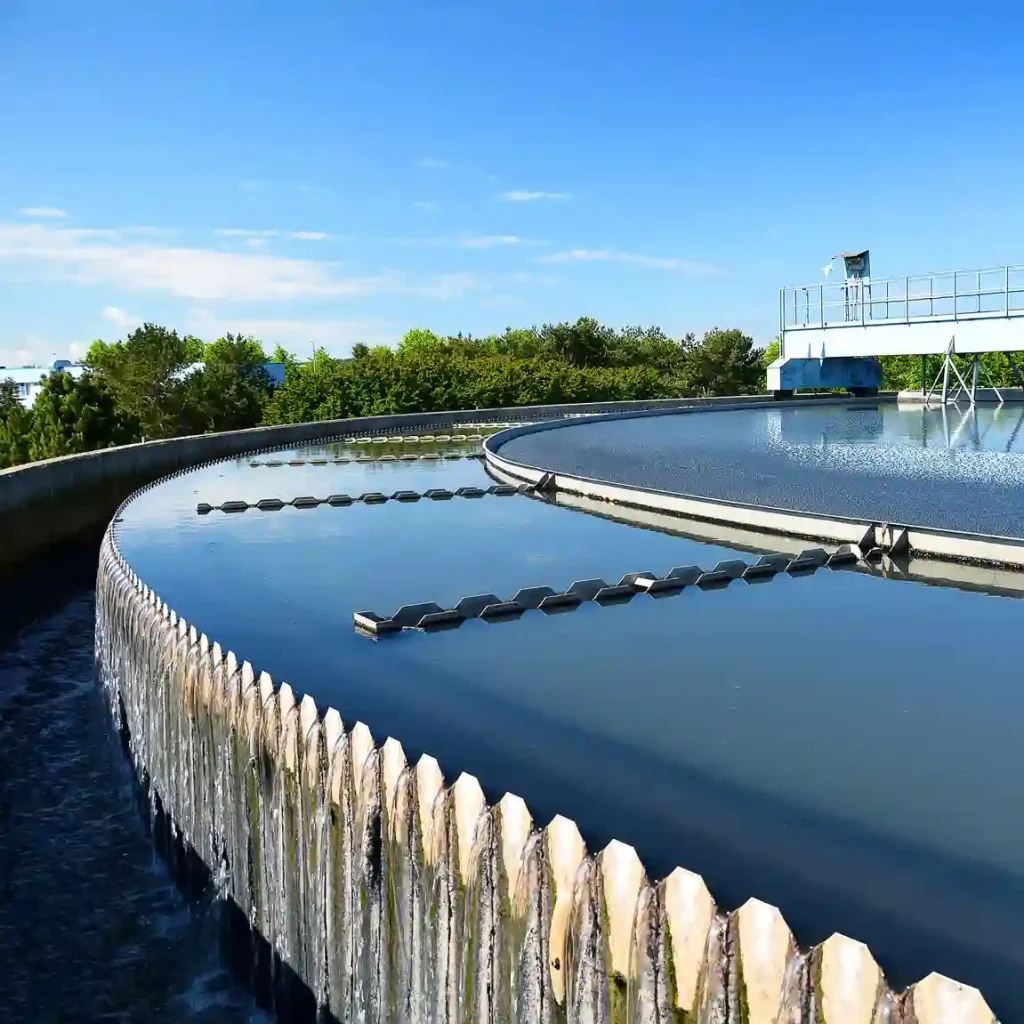Hebei Messi Biology Co., Ltd. said that magnesium hydroxide is generally used as a flame retardant, but many people don’t know that magnesium hydroxide can actually treat sewage, especially in the treatment of printing and dyeing sewage, playing a vital role.
In the textile industry, printing and dyeing wastewater is more seriously polluted. It not only contains a considerable amount of organic pollutants and some toxic substances, but also contains certain dyes and is colored. How to remove these colors and organic pollutants is the focus of treatment in recent years in printing and dyeing. In the decolorization treatment of wastewater, the magnesium salt method shows excellent decolorization effect. The decolorization principle is to use magnesium salt to add alkali to generate positively charged magnesium hydroxide precipitate, which strongly absorbs negatively charged anionic dyes to decolorize the dye wastewater. In-depth analysis According to the study, the magnesium salt should not be left for longer after adsorption, otherwise desorption will occur and affect the decolorization effect. Therefore, solid-liquid separation as soon as possible has an important impact on the decolorization effect.
Magnesium hydroxide adsorption has a better decolorization effect. When the two are combined, the decolorization effect is better. After microfiltration treatment combined with magnesium hydroxide adsorption, the permeate is colorless, clear and transparent, and is very likely to be recycled as printing and dyeing water. This is simply Magnesium hydroxide adsorption cannot be achieved; from the perspective of the process, the magnesium hydroxide adsorption process often involves flocculation, sedimentation and other processes, which has complex processes, large floor space, and the possibility of desorption of dye molecules. However, combined adsorption For microfiltration treatment, a pretreatment agent can be added to the microfiltration device and directly circulated for filtration, achieving integrated rapid separation and a simple process. Ceramic membrane microfiltration technology using magnesium hydroxide adsorption pretreatment is completely feasible for decolorizing printing and dyeing wastewater containing reactive dyes. It has the advantages of high decolorization rate, simple operation, and has great operability and economic value.

